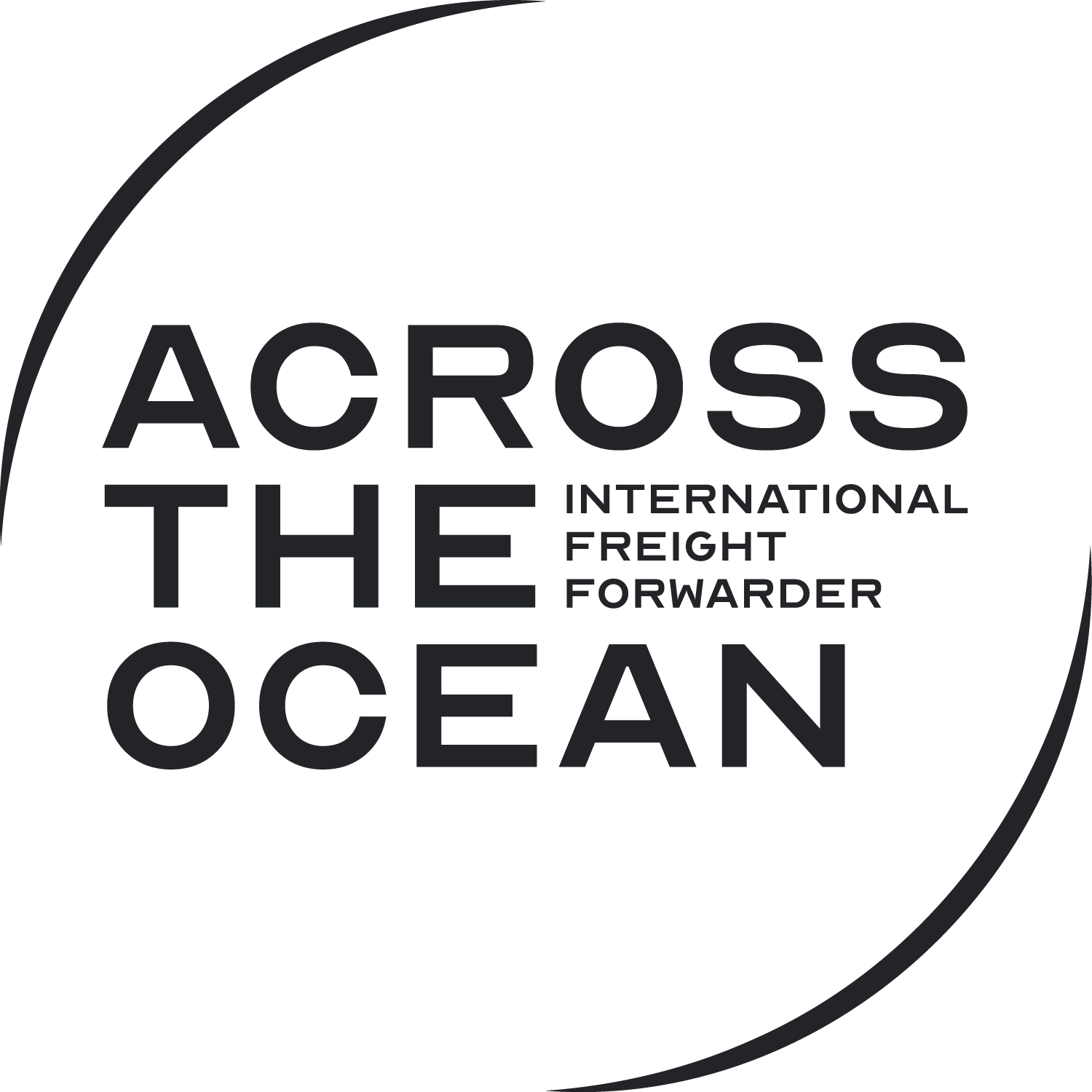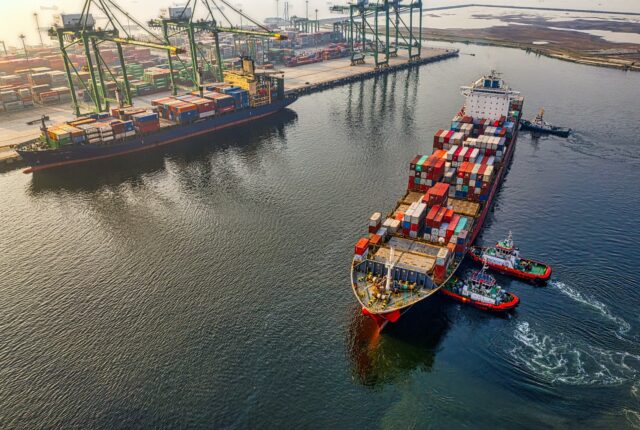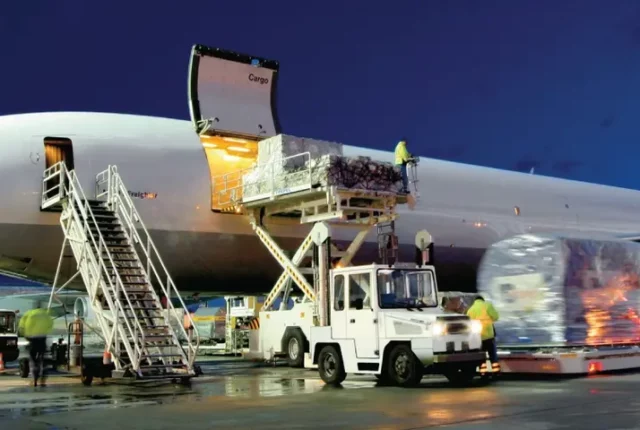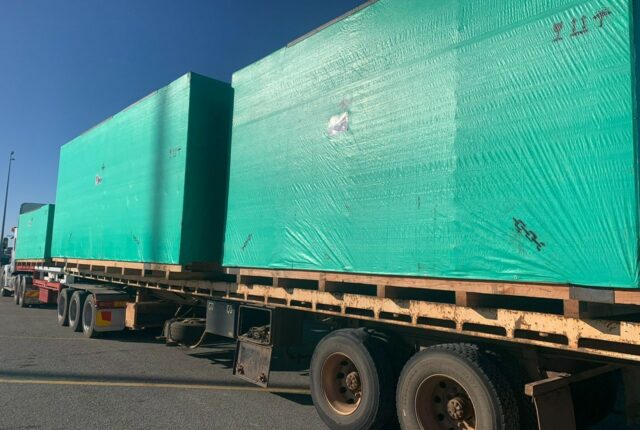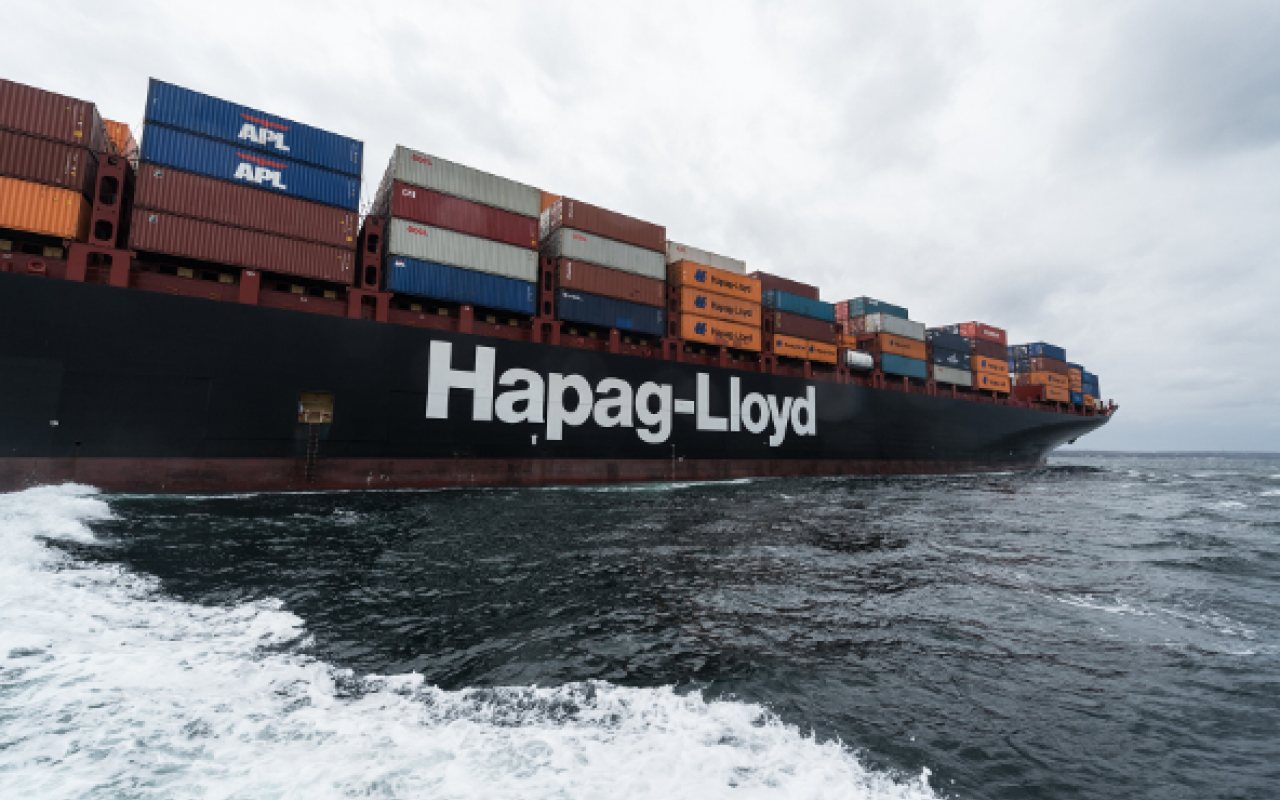
Hapag-Lloyd Sees Strong Q1, But 2025 Outlook Remains Uncertain
As it presented its first-quarter financial results today, Hapag-Lloyd cautioned that any cargo surge following the US-China trade tariff hiatus was likely to be short-lived.
The German carrier saw Q1 group revenues rise 15% year on year to reach $5.3bn, while EBITDA was up 17%, at $1.1bn, and EBIT up 45%, to $500m.
As previously indicated, Hapag-Lloyd’s carryings, which grew 9% year on year, to 3.3m teu, were double the market growth of 4.2%, according to Container Trade Statistics (CTS), while its average freight rate across all trades was also up 9%, to $1,480 per teu.
However, the average freight rate showed a 5% decline compared with the fourth quarter of 2024, while its Q1 25 unit cost per teu came in at $1,315.
Analysts were understandably keen to get an insight on recent developments in the transpacific trade, which has been upended in recent weeks.
Mr Habben Jansen explained: “On the back of the preliminary tariff agreement that was closed over the weekend, we saw a surge in volume over the last couple of days. Bookings this week are 50%-plus, compared with last week, because tariffs are down, but also because some cargo was buffered in China, and that now needs to move.
“Whether this is going to be a surge that’s going to take 60 or 90 days, or whether that’s going to last longer, I think it’s very difficult to predict at this point, but we don’t expect it to hold.
“It will also depend on the further talks between China and the US,” Mr Habben Jansen added.
In terms of tradelanes, the transpacific continued to represent the carrier’s largest segment, with 947,000 teu transported in the period, while Asia-Europe was marginally behind that, at 939,000 teu. Its transatlantic services carried 685,000 teu, with Africa and rest of the world making up the remaining 788,000 teu.
The quarter also saw, of course, the launch of the Gemini Cooperation with Maersk, which Mr Habben Jansen said “has gone really, really well”.
He said: “We’re starting to see more and more proof points that this is really working: 95% of the ships are into the network; all the services are up and running and we’ve had well over three thousand port calls since 1 February; and reliability is still around 90%.
“If we compare it with our competition, there is a very clear gap,” he added.
Meanwhile, port arm Global Hanseatic Terminals concluded its acquisition of a 60% stake in Le Havre’s CNMP terminal in early March, and delivered flat revenues and EBIT, at $109m and $15m, respectively.
Despite the considerable uncertainties around global demand, Hapag-Lloyd today maintained its 2025 guidance of group EBITDA for the year of between $2.5bn and $4bn, and group EBIT of between zero and $1.5bn.
“The trend for 2025 at the moment is pretty uncertain,” Mr Habben Jansen said.
“We see new developments every day – the only thing we know for sure is that the first quarter was pretty good. We now expect to see a little bit of a surge in volume in the upcoming 60 or 90 days.
“Beyond that, it’s very difficult to predict and will depend very much on what kind of agreements will be closed between the US and other countries, but also between other countries bilaterally, as we have seen between Brazil and China, and also Mercosul and European Union,” he added.
Hapag-Lloyd’s strong Q1 performance underscores its resilience in the sea freight sector, yet the company remains cautious about the rest of 2025. Ongoing geopolitical tensions and volatile freight rates continue to pose challenges, making the outlook for the remainder of the year uncertain
Source: Article
